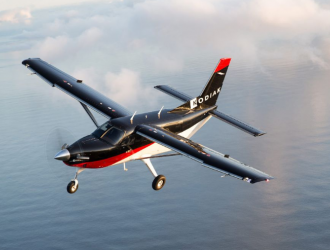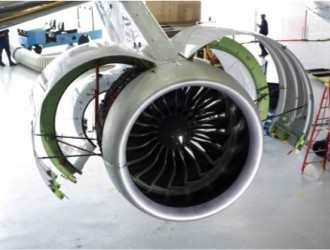Kenmore Air Harbor floatplane instructor Karen Stemwell has survived an engine-out emergency over water, landing between large swells in the Strait of Juan de Fuca. She offered these common-sense tips for land-based pilots flying over water.

Preflight. Consider landing options along your route and keep track of wher you are in relation to them.
Flight plan. “It’s important to file a flight plan and/or give someone else your route of flight and its timing, so there is a place to start search and rescue if needed.”
Altitude. “Think altitude, altitude, altitude—and be smart about it.”
Wind. “Keep aware of the generally prevailing surface wind so you are always ready to make an educated quick decision when necessary.” Do you have enough fuel if you’ve miscalculated?
Weather. Understand the local weather patterns. Be more conservative over water.
Life jackets. Keep life jackets on board and readily available to all passengers and crew.
Escape. Have an escape plan and practice it. “If you are upside down, your main thoughts are going to be unbuckling your seat belt and getting out of the aircraft, upside down and in the dark.”
Signaling. Carry a signaling device or flare gun in the aircraft.
Survival kit. Carry one, and know what’s in it
Flying vest. Stash a communication device or tracker system, as well as a pocket knife, whistle, waterproof food items, and fresh water.





